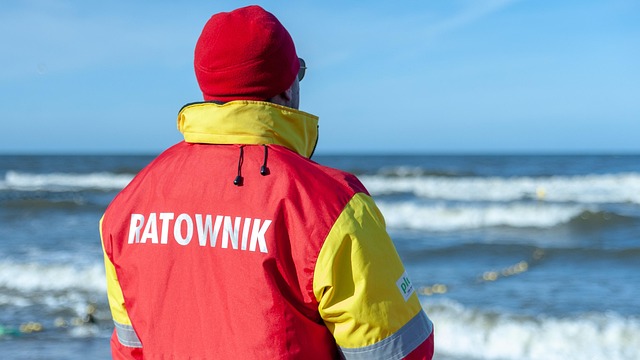In the wake of a tanker truck accident, investigators analyze physical evidence like brake pads, road smears, and tire wear patterns to determine causation. This data is vital for auto accident lawyers, who can use it to prove breaches of duty by trucking companies or drivers, leading to legal representation and compensation for victims. Key factors include onboard recorders (black boxes), witness statements, environmental conditions, and expert opinions on braking systems, all crucial in navigating complex liability claims and potential personal injury or employment disputes related to safety protocols.
In the aftermath of a tanker truck accident, understanding the evidence is paramount. This article delves into the critical factors contributing to a recent incident, focusing on brake failure as the primary culprit. We explore in detail the scene assessment, from investigating skid marks and tire impressions to analyzing environmental conditions. Technological advancements, including onboard diagnostic systems and black box data, play a pivotal role in reconstruction. Expert insights on human factors, driver fatigue, and braking system failures further elucidate the causes. Additionally, we examine industry regulations and safety protocols aimed at preventing future tanker truck accidents.
- Scene Assessment and Physical Evidence
- – Investigation of the accident site
- – Role of environmental factors
Scene Assessment and Physical Evidence

Upon arriving at the scene of a tanker truck accident, investigators immediately begin assessing the damage and gathering evidence to determine the cause. One crucial aspect is examining the physical evidence left behind, which can offer vital clues about what transpired. In the case of a tanker truck, the focus often shifts to the brakes—a critical system in these large vehicles.
Physical evidence may include brake pads or shoes that have worn unevenly, suggesting potential issues with calipers or disc rotors. Faint smears or marks on the road surface could indicate the path of the vehicle’s wheels and hint at reduced braking efficiency. Additionally, examining the condition of the truck’s tires can reveal signs of abrupt stops or skidding, further supporting claims of brake failure. An auto accident lawyer specializing in these cases would meticulously analyze such evidence, as it may lead to exposing a breach of fiduciary duty by the trucking company or driver, potentially resulting in legal representation and compensation for affected parties.
– Investigation of the accident site

After a tanker truck accident, the investigation of the scene is crucial to understanding what led to the incident. Authorities and experts carefully assess the location, examining tire marks, skid traces, and any visible damage to the vehicle. In the case of a tanker truck, the focus often shifts to the brakes given the size and weight of these vehicles. Experts look for signs of wear or malfunction in the brake system, which could indicate failure as a contributing factor. They might also collect data from onboard recorders (also known as black boxes) that can provide valuable insights into the truck’s speed, braking patterns, and driver behavior leading up to the accident.
This meticulous process involves comparing physical evidence with witness statements and the driver’s account. For instance, if the investigation reveals a broken or worn brake pad, this could point towards negligence in maintenance or even medical negligence if the driver had a pre-existing condition affecting their ability to operate the vehicle safely. Such findings may prompt further inquiries, potentially involving personal injury attorneys or employment disputes related to safety protocols and employer liability.
– Role of environmental factors

Environmental factors often play a significant role in tanker truck accidents, adding another layer of complexity to liability claims. Weather conditions, such as heavy rain or icy roads, can contribute to reduced traction and visibility, making it crucial for drivers to exercise extra caution. In addition, terrain and road conditions can affect the braking distance and stability of these large vehicles. For instance, a steep incline or loose gravel might cause brakes to fail, leading to catastrophic accidents.
When investigating a tanker truck accident, understanding these external variables is essential. Legal representation for victims may involve examining weather reports, road maintenance records, and expert opinions on the impact of environmental conditions on braking systems. Proving a breach of fiduciary duty by the trucking company or their partners could hinge on these details, especially in cases where partnership disagreements contribute to inadequate safety measures or neglect of proper vehicle maintenance.
The investigation into the tanker truck accident reveals compelling evidence of brake failure, strongly suggesting that this was the primary cause. A meticulous scene assessment uncovered crucial physical indicators, further emphasized by environmental factors that contributed to the incident. Understanding these key elements is essential for improving safety measures and preventing similar disasters in the future, particularly concerning heavy vehicles like tankers.






